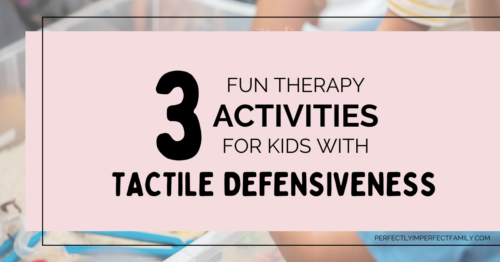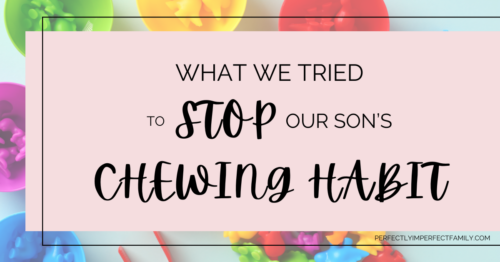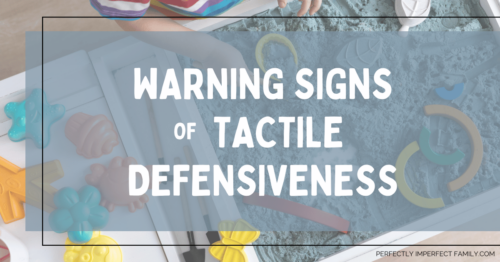Tactile Defensiveness
Let us share life with a child who has tactile defensiveness with personal experiences, challenges, and victories. From managing sensory triggers to finding supportive strategies, these posts offer insights, practical tips, and encouragement for parents and caregivers. Whether navigating daily struggles or celebrating small triumphs, this space provides understanding, support, and a reminder that you’re not alone on this journey.
Our Family’s Two Completely Different Types of Picky Eaters
Our family has two types of picky eaters: my son, who struggles with tactile defensiveness and dislikes certain food textures, and my youngest daughter, who refuses to try new foods. While there’s no magic solution, I encourage them to try new things, celebrating small milestones when they do. Each child is different, and patience is key!
3 Fun Therapy Activities for Kids With Tactile Defensiveness
When my son was diagnosed with tactile defensiveness, we tried various occupational therapy activities. His favorites included sensory bins with rice and toys, shaving cream play with toy cars, and water table play. These activities helped him become more comfortable with different textures, and I hope they can help other children with tactile defensiveness as well.
The Biggest Challenge Our Son Faces with Tactile Defensiveness
Our son’s tactile defensiveness diagnosis has led to a years long challenge with eating, particularly due to sensory issues in his mouth. His limited food preferences, like chicken nuggets and mac and cheese, have made meals a struggle. While he’s improved, getting him to try new foods, especially fruits, veggies, or soup, remains a challenge.
5 Things No One Told Me About Tactile Defensiveness
Over the years, I’ve learned that tactile defensiveness is lifelong, not just a phase. Explaining it to family, teachers, and doctors was often difficult, as many were unfamiliar with it. The biggest challenge was helping our son with meals, as people mistook it for pickiness. Yet, we still cherish each small milestone, like him finally eating new foods.
What We Tried to Stop Our Son’s Chewing Habit
When my son started chewing paper in elementary school, we struggled to find a solution. After trying gum, Tic Tacs, and sensory necklaces, we found success with chewable pencil toppers. Although he still chews on things, we’ve accepted it as part of who he is. Patience and trial-and-error helped us navigate his sensory needs.
Warning Signs of Tactile Defensiveness
My son was diagnosed with tactile defensiveness, a hypersensitivity to touch. He struggled with diaper changes, bath time, and even baby food textures. We didn’t understand his reactions until the diagnosis explained everything. Looking back, his aversion to certain textures and sensations made sense. Tactile defensiveness is a challenge, but understanding it has been key.






